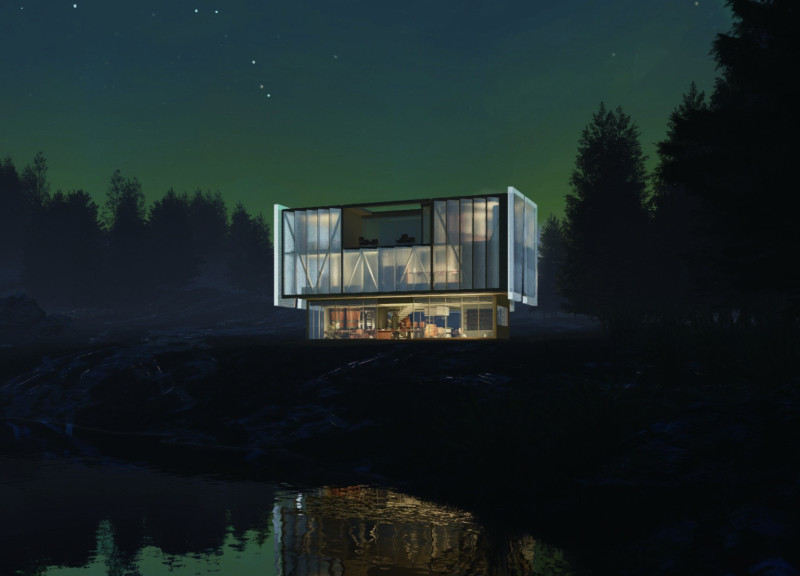5 key facts about this project
At its core, the architectural design emphasizes open spaces that promote interaction among users. The intention was not only to create a building but a vibrant environment where individuals can come together for various functions, including [insert key functions like social gatherings, educational activities, or recreational use]. This multifunctional aspect is achieved through a versatile layout that allows for adaptability in the use of space.
The materiality of the project is a fundamental aspect of its design philosophy. The choice of materials such as concrete, glass, steel, wood, and stone reflects a deliberate strategy to balance durability with aesthetics. Concrete is utilized as the primary structural element, allowing for expansive areas that can accommodate a range of activities while providing the necessary strength and stability. Expansive glass facades invite natural light into the interior, creating a connection between indoor and outdoor spaces, while also minimizing the reliance on artificial lighting during the day. The use of steel reinforcements ensures slender architectural lines, contributing to a refined silhouette that resonates with contemporary design trends.
Wood elements introduce warmth and texture, offering a tactile contrast to the more industrial appearance of concrete and glass. This thoughtful juxtaposition creates a welcoming atmosphere that enhances user experience within the project. Stone is expertly integrated into specific features, providing not only structural benefits but also a link to the natural surroundings, thereby grounding the architecture in its environmental context.
One of the project’s remarkable features is its commitment to sustainability. Innovative design approaches include the use of energy-efficient systems, such as [insert specific sustainable techniques like solar panels or green roofs], which reduce the overall ecological footprint of the building. The project prioritizes passive design strategies, including optimizing orientation and incorporating shading devices to improve thermal comfort throughout the year. Such considerations make the design not merely a structure but a responsible participant in environmental stewardship.
The layout of the project facilitates a seamless flow between different functional areas, allowing for both privacy and social engagement. The arrangement of spaces encourages movement and interaction while ensuring that quieter, more intimate areas exist alongside bustling common zones. This careful spatial organization enhances the overall user experience and promotes a sense of community within the structure.
The unique design approaches manifested in this project reflect a deep understanding of the local climate and culture. Elements such as [insert any distinctive features, e.g., outdoor areas, landscaped gardens, or distinctive rooflines] are purposefully crafted to respond to the specific needs and preferences of the community. This thoughtful consideration establishes a dialogue between the architecture and its environment, creating a cohesive relationship that enhances the overall impact of the design.
To gain deeper insights into the project, including architectural plans, sections, and specific design ideas, a closer exploration of the project presentation is encouraged. These details reveal the careful thought process behind the design, showcasing how architectural choices align with functional and aesthetic goals. Through this exploration, one can appreciate the meticulous planning that informs each element of the project and its broader significance within the community.


























